Do not disturb: the life rafts keeping pelicans afloat
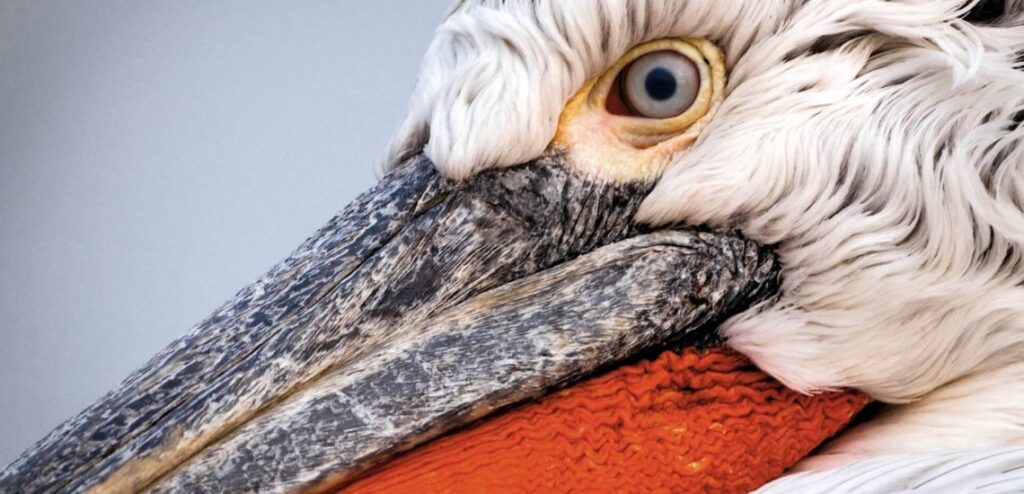
A huge conservation effort is successfully reversing the fortune of the world’s largest freshwater bird. But caught in the crossfire on a troubled lake, the Dalmatian Pelican’s new Red List category “Near Threatened” couldn’t be more appropriate
By Shaun Hurrell
Header image: The Dalmatian Pelican is no longer globally threatened thanks to population increases © Bence Mate/Agami
One watchful, grey eye appears behind a shroud of silvery-white wing feathers that conceal a massive orange beak and leathery pouch. The pelican barely keeps its eyelids open after hours spent hunting fish on the lake, but then two play-fighting chicks clumsily step close to the edge of the floating nest platform and one’s mother rouses – barking and hissing with a seriousness that causes immediate stillness. Above them, a few metres of cabling extends from a small solar panel to a camera: the colony is also being watched.
And something has been seen in the water. Far away a conservationist has seen the colony’s drama unfold on a screen. They too have sprung into action, grabbing a phone. A motorised fishing boat speeds towards the raft, nearing the exclusion zone marked by buoys around the pelican colony. The pelicans’ agitation is clearly visible, especially to someone who has spent hours watching over them, and their thumb is poised to ‘dial’ the National Park Head Ranger. Then, the boat slows and begins to pass a calm, wide berth, and the giant birds settle.
You may not think a species that can rear up and look you in the eye, and weigh over 10 kg, would be so vulnerable to disturbance, but conservationists looking after Dalmatian Pelican Pelecanus crispus have every reason to be concerned: human disturbance at breeding colonies is one of the most severe threats to the species, especially at Lake Skadar—an important wetland bordering Montenegro and Albania. Worldwide, Dalmatian Pelican have also suffered from wetland alteration and destruction, shooting, pollution, eutrophication, impacts from climate change, collision with overhead powerlines, and more, causing declines that led the species to be classified as “Vulnerable” by BirdLife on the IUCN Red List.
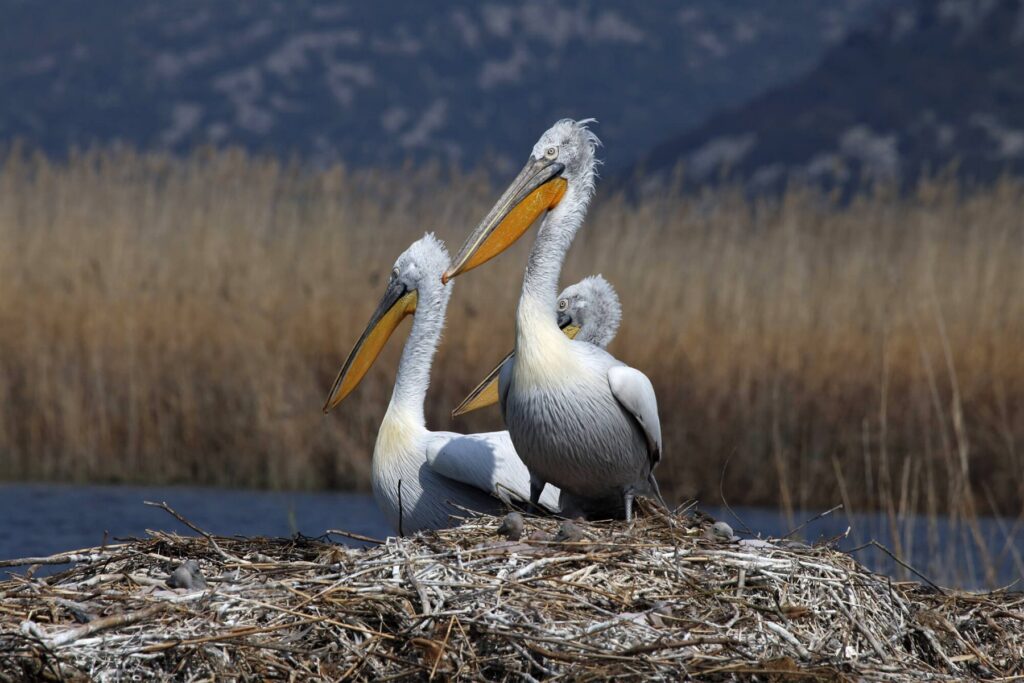
That is, until very recently. Thanks to long-term conservation work in Europe, the Dalmatian Pelican is recovering. Numbers have increased four-fold in Europe since the 1990s, thanks to the thorough implementation of a Species Action Plan, and the protection conferred by the European Union’s Birds and Habitats Directives, which helped conserve key breeding sites in Greece, Romania and Bulgaria. This year, the pelicans on Lake Skadar had their most successful breeding season ever, raising 60 chicks, and in Greece, populations have increased by almost 200% in under 20 years.
As a result, the species’ extinction risk has been reduced, meaning it no longer qualifies as globally threatened, as reflected in its recent downlisting to Near Threatened. This is certainly a conservation success worth celebrating, but a downlisting does not mean “saved”; the pelicans and conservationists at Skadar are prudent to keep a very watchful eye.
Disturbance and flooding of nesting sites since the 1970s caused an 80% decrease in Skadar’s pelican population. Conservationists observing from hillsides and behind tangled lilies were heart-wrenchingly powerless to react. Then in 2013, a collaborative project supported by the Critical Ecosystem Partnership Fund (CEPF) and the MAVA Foundation provided a lifeline for the Skadar pelicans: floating nesting rafts, cordoned and monitored via live video. From 2014, the pelicans chose to nest solely on the rafts, which are now towering monuments of delicately placed reeds so overloaded with successfully breeding pelicans that more rafts were added this year.
“The live video monitoring became an early warning system,” says Bjanka Prakljačić, Project Coordinator from Noé Conservation. “We got an insight into just how vulnerable this big bird is.” This ‘pelican hotline’ quickly became ‘pelican patrol’, with special rangers assigned during the nesting season, and every year disturbance incidents have decreased. “This year we’ve had no disturbances in the day time from traditional fishermen,” says Prakljačić. “It really shows in the number of birds—a record high.”
Ranger patrols are not without their danger, however. Prakljačić makes a clear distinction between “traditional fishermen” and “illegal poachers”, because carp fishing has become a hugely destructive and lucrative criminal business on Skadar (dubbed the “lawless lake” by some), along with drug and tobacco smuggling—and nesting pelicans are in the crossfire.
Whilst daytime traditional fishing with wooden rowing boats and small nets is legal for the families living lakeside, modern poachers are drawn to Skadar with an “I’ll show you how to fish” bravado that sees them sticking car battery-powered probes into the water and scooping up 300 kg of electrocuted, and very valuable, carp in one night. That said, there have only been a few night-time disturbances of the colony this season, thanks to rapid early-hour boat chases by the pelican-loving and dedicated “commando-like” Head Ranger.
But is this level of protection sustainable? “People and birds are both fishermen on the lake”, says Prakljačić. “They have to meet each other and fall in love, because after projects end it is the local people who have to continue our job.” The CEPF project saw seven organisations working together with the local communities to encourage awareness and pelican-friendly tourism. “We feel honoured to work for these magnificent birds, and have achieved a lot” says Bojan Zeković, from CZIP (BirdLife in Montenegro). “Before, some local children thought a pelican was a type of cake; now almost every child knows the Skadar colony, and people are respecting pelicans again.”
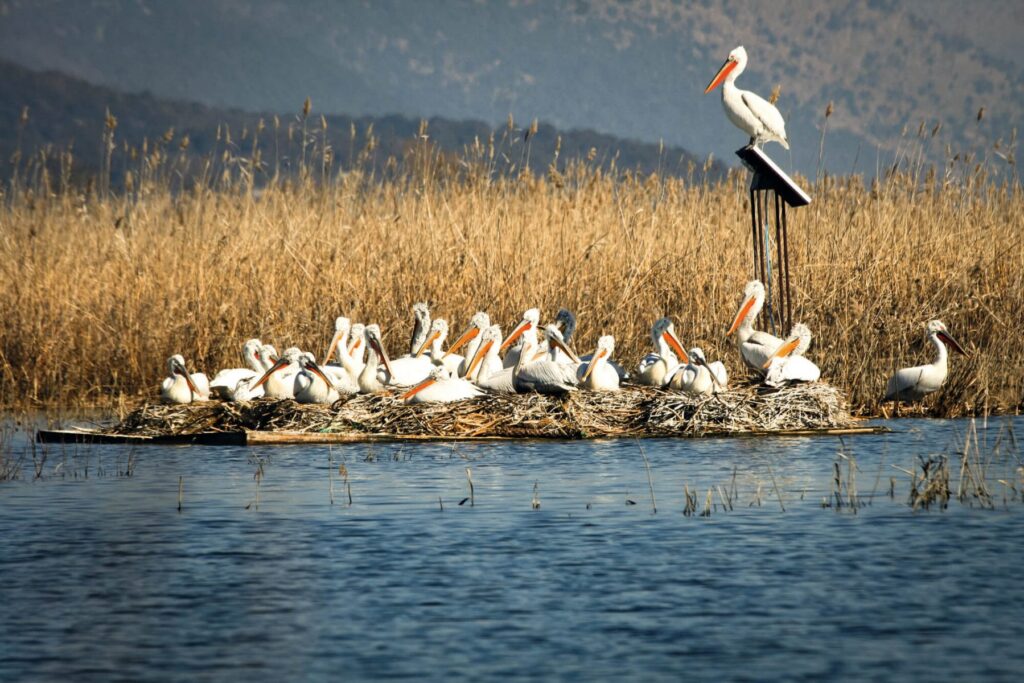
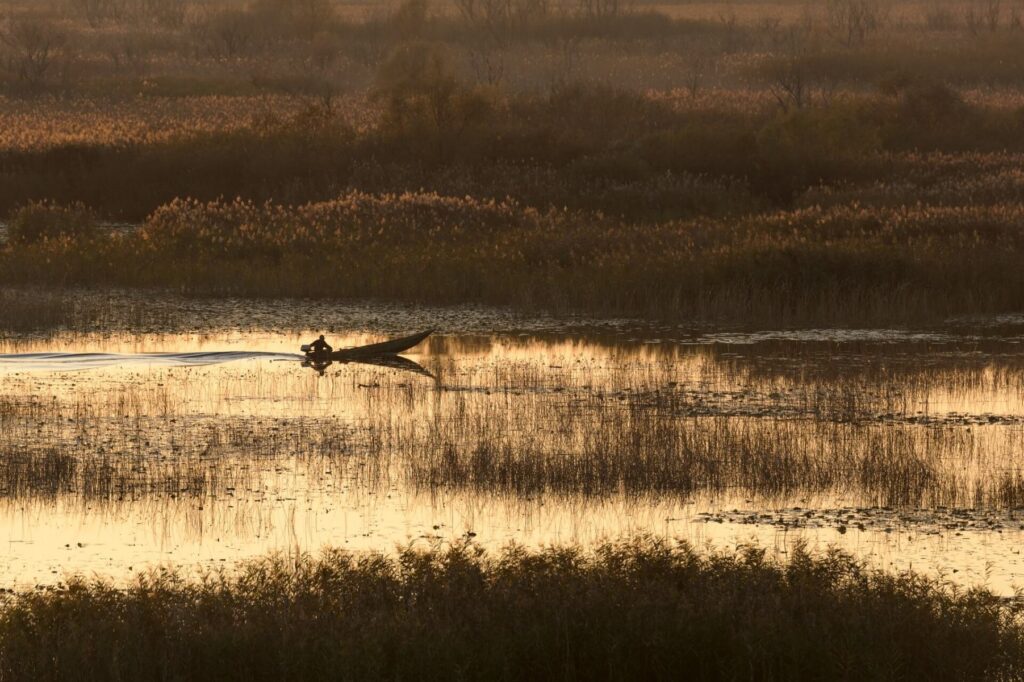
Like the pre-70s ‘good old days’ of Skadar, this leads to pride and protection: the team now gets calls from locals asking for rangers to be sent towards illegal fishermen approaching the pelican colony. “From my balcony I can hear [the pelicans] yelling!” says Vaselj Donaj, a traditional fisherman who lives on the lake shore. And this year, local people from this village and others formed an NGO called ‘Pelikani Malesija’ in order to protect pelicans and carp, whilst exploring ecotourism opportunities.
What of the pelicans found elsewhere? “There are three story lines for the Dalmatian Pelican”, says Dr Giorgos Catsadorakis, conservation biologist and Chairman of the IUCN Pelican Specialist Group. “The discrete Mongolia-China population is under severe threat of regional extinction, with probably fewer than 150 individuals left, and we know little of their breeding sites or movements.” One thing that is known is that some of these pelicans are killed for their beaks, which are used as horse scrapers—highly-valued symbols of wealth.
However, more than half the global Dalmatian Pelican population is found mainly in remote steppe and wetland regions of Russia and Kazakhstan, where circumstantial data suggest some populations are on an upward trend. “We have a hypothesis that the increase is connected to climate change”, says Catsadorakis. “But we don’t have a clear picture of what is happening in these vast areas.”
“Our knowledge of Dalmatian Pelicans is best in Europe, and we have a great conservation network here,” says Anna Staneva, BirdLife’s Species Conservation Officer for Europe & Central Asia. “We’re currently producing a new ten-year international Species Action Plan (SAP) which aims to continue the increase in Europe, and fill in the gaps for the other two flyways.” The SAP is led by HOS (BirdLife Greece), as part of the EU-funded LIFE EuroSAP project run by BirdLife.
The running theme, however, is that if you stop people from disturbing pelican raft romances, colonies flourishes. “The problems facing pelicans, especially disturbance, have not been solved on a permanent basis in Europe”, Catsadorakis warns. “They cannot be left uncared for, else they will quickly perish.” At Skadar, Prakljačić agrees: one large disturbance event could cause the abandonment of the rafts. And the human pressure on Skadar’s shores means that there are no other suitable nesting sites. Thus, those nesting rafts and the continued conservation effort supporting them, are keeping the species afloat—both literally, and metaphorically.
Whilst the improvement in the Dalmatian Pelican’s status is inspiring and certainly cause for celebration, we cannot afford to stop. By definition, the Red List presents a snapshot in time of a species’ extinction risk, and the latest data show that Dalmatian Pelican currently qualifies as Near Threatened. Nearly threatened, indeed. “It’s very encouraging that results come where you put in efforts”, says Zeković. “But it also means we have more to protect, because we have more to lose.” This is why it’s so special that this work could also come from Pelikani Malesija and other local communities in the future.
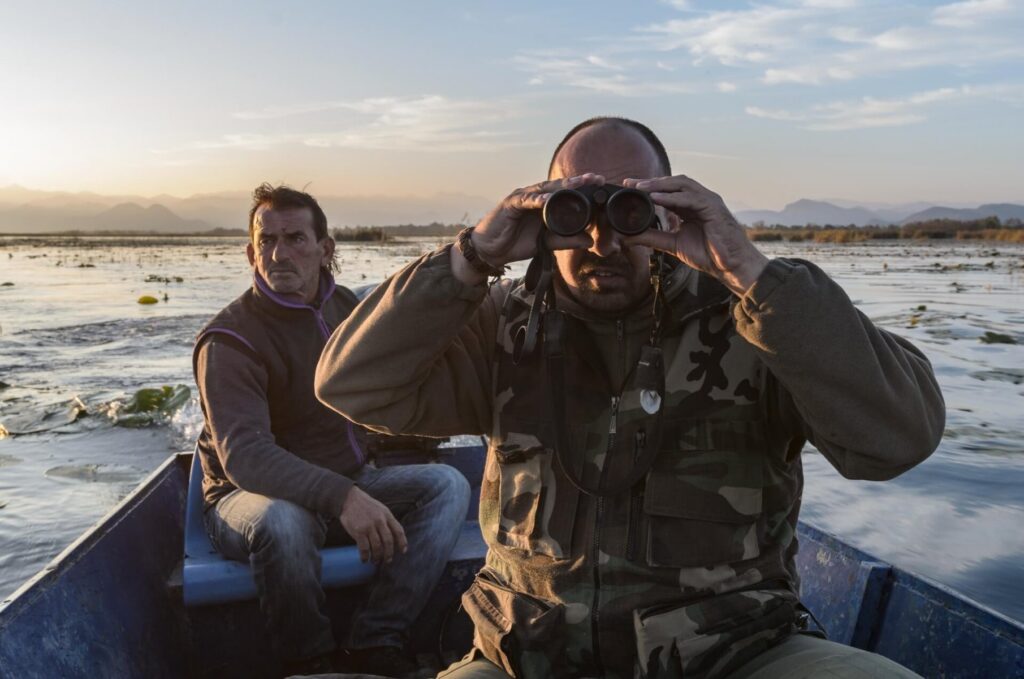
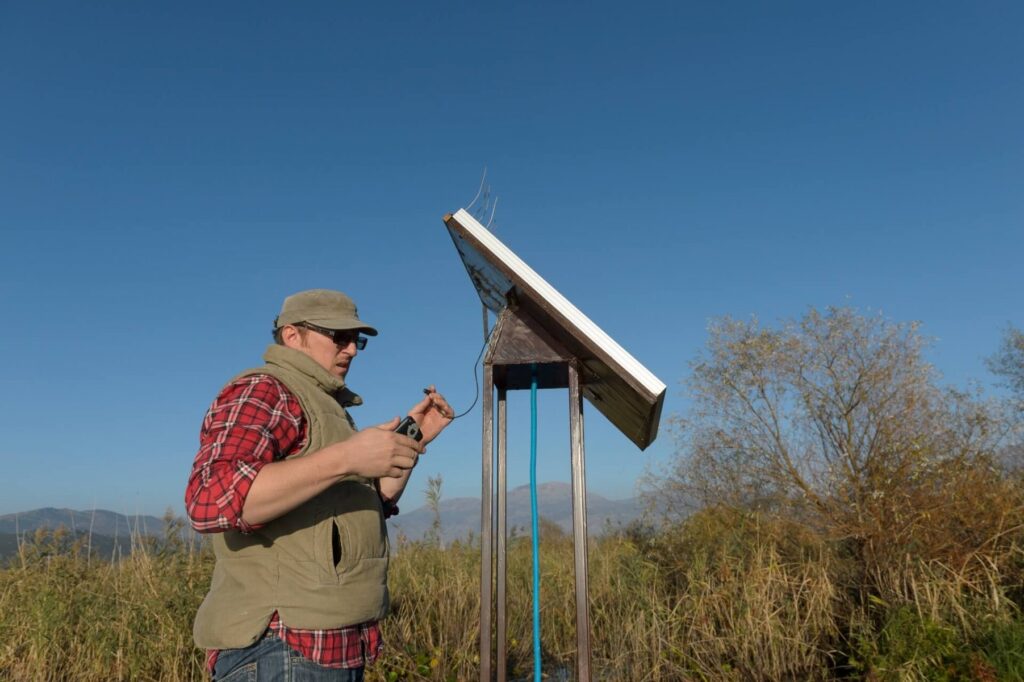
“The moment a fishermen gets an income from pelicans, our work is done”, says Prakljačić. “And they’ve already seen their beauty; the time of the pelican is coming again.”
Dedicated to the Pelican Protectors
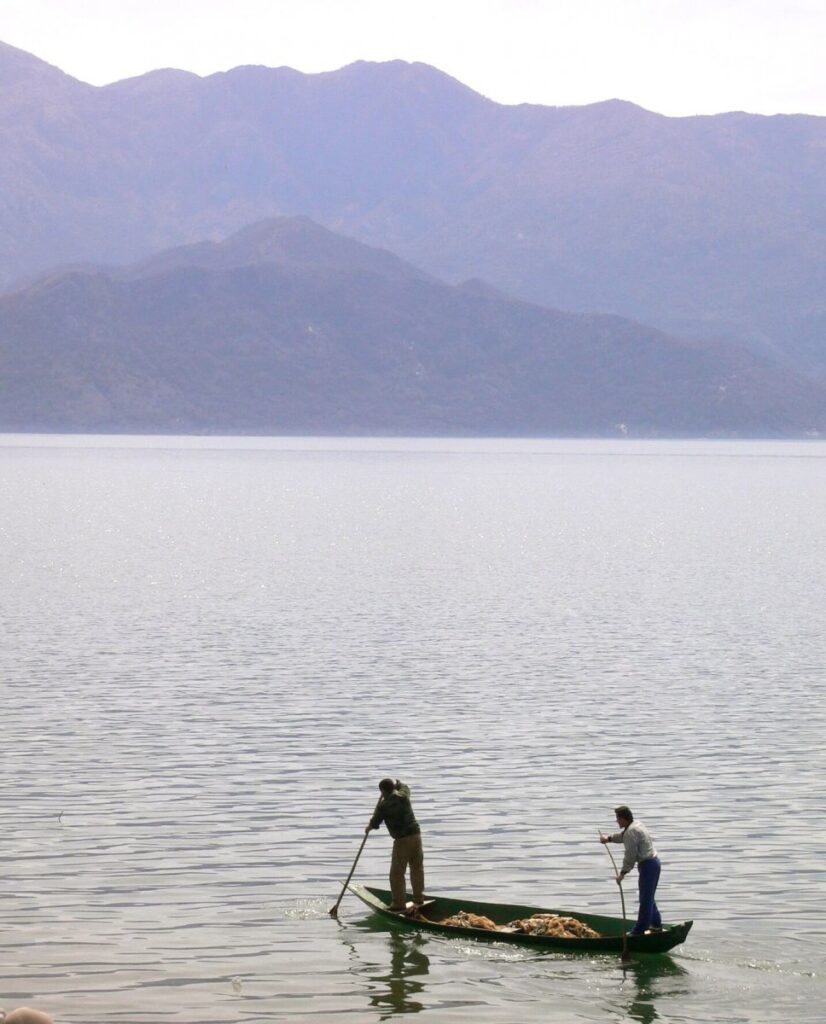
Special thanks for work at Skadar by CEPF project grantees: Noé Conservation, Public Enterprise for National Parks Montenegro, Natural History Museum of Montenegro, Center for Research and Protection of Birds (CZIP; BirdLife Montenegro),EuroNatur, Tour du Valat, Institute for Nature Conservation in Albania (INCA); the Skadar Ranger Service; and to unknown traditional fisherman.
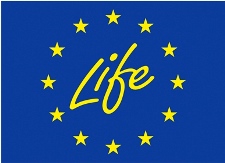

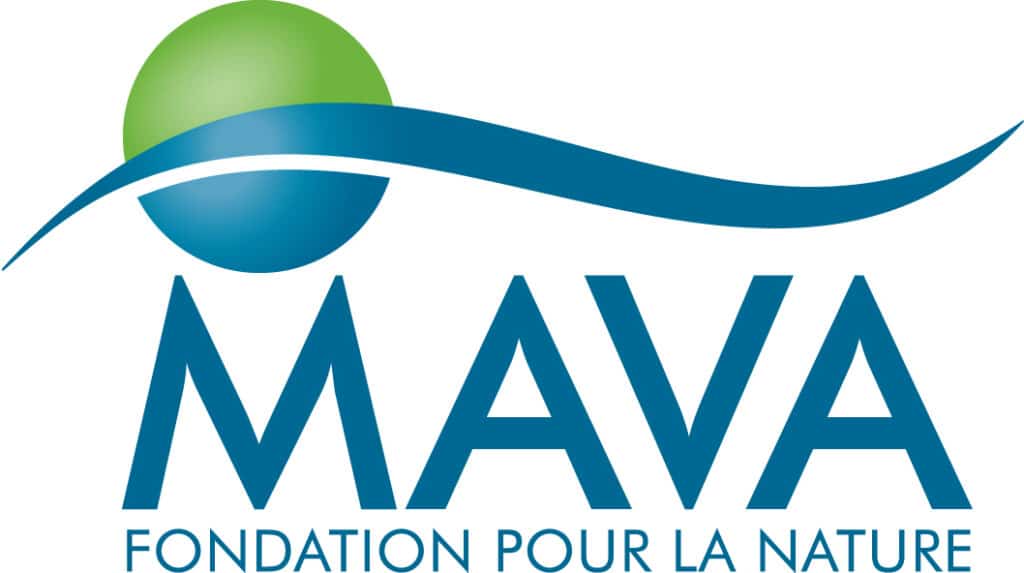
Find out more at www.birdlife.org/cepf-med
The Critical Ecosystem Partnership Fund (CEPF) is a joint initiative of l’Agence Française de Développement, Conservation International, the European Union, the Global Environment Facility, the Government of Japan, the John D. and Catherine T. MacArthur Foundation, and the World Bank. Additional support in the Mediterranean Basin is provided by the MAVA Foundation. A fundamental goal is to ensure civil society is engaged in biodiversity conservation.


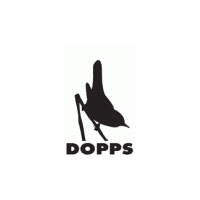
CEPF is more than just a funding provider
A dedicated Regional Implementation Team (RIT) (expert officers on the ground) guides funding to the most important areas and to even the smallest of organisations, helps build civil society in the region, and shares learned lessons and best practices such as those featured in this booklet. In the Mediterranean Basin Biodiversity Hotspot, the RIT is entrusted to BirdLife International and its national Partners LPO and DOPPS.